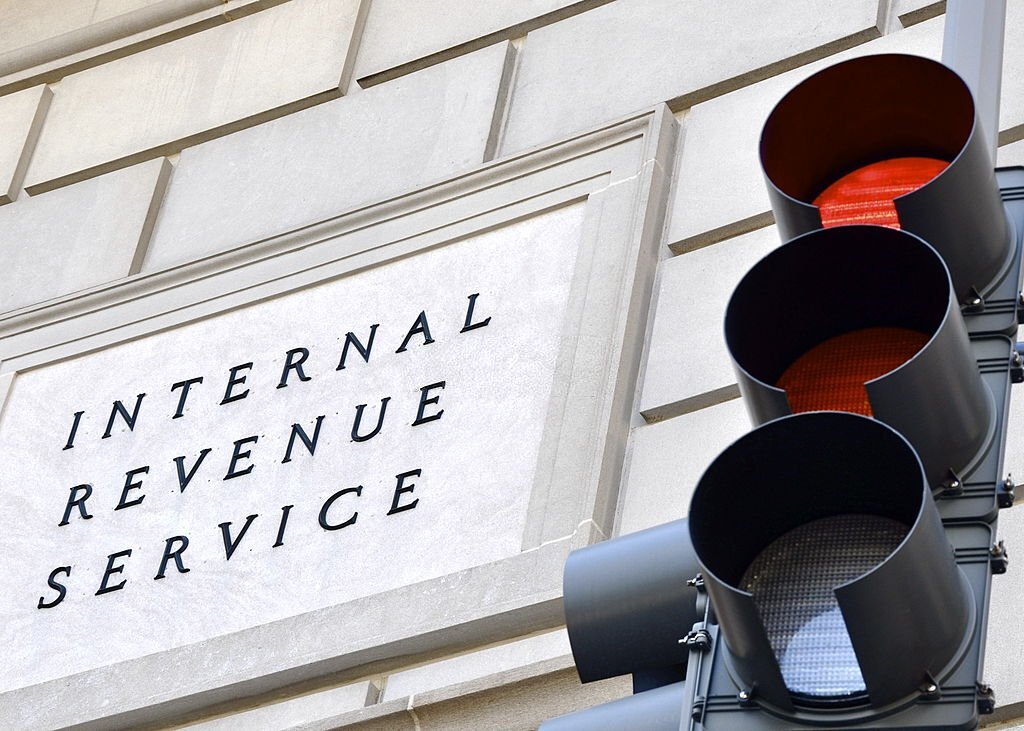By the year 2025, most workers (70%) and employers (68%) agree a majority of the workforce will be employed in an agile capacity (i.e. contractor, consultant, temporary or freelance), according to a study released today by Randstad US, one of the largest HR services and staffing companies in the United States. The Workplace 2025 report peered into the minds and expectations of workers, and the executives who oversee them, about the future of work.
The in-depth study of more than 3,100 workers and 1,500 HR and c-suite executives across the U.S. found that as early as 2019, as much as 50 percent of the workforce will be comprised of agile workers, as nearly 4 in 10 (39%) workers say they are likely to consider shifting to an agile arrangement over the next two-to-three years. This movement is fueling an equally aggressive adoption of new workforce models that tap into both permanent and agile employees to combat staffing shortages, leverage globalization and fuel greater innovation for organizations.
“Our first-of-its-kind study serves as a wake-up call for business and HR leaders to quickly embrace and prepare for the disruptive changes impacting how, when, where and by whom work is conducted,” said Jim Link, chief human resources officer at Randstad North America. “More workers have changed their perceptions of non-permanent employment, choosing to pursue agile work because it offers them greater control, growth and even job security. This mindset shift, combined with the growing availability of collaborative technologies to facilitate work from anywhere, anytime and on any device, means the notion of having to work a traditional nine to five day in an office is disappearing.”
More Workers Opt for Agile Path
Many of the misconceptions about agile employment are eroding. Approximately half (46%) of workers surveyed said they personally chose to become an agile worker. The Workplace 2025 study uncovered the primary motivations behind this:
- 68 percent agree it better fits their lifestyle.
- 63 percent believe working as an agile employee will make them more qualified in the future workplace.
- 56 percent agree agile work makes them more money.
- 48 agree agile work offers them better career growth than working as a permanent employee.
- 38 percent agree they feel more job security working as an agile worker than they do as a permanent employee.
C-Suite Executives Even More Bullish than HR Leaders on Future of Agile Model
One of the most compelling findings that emerged from the study is the projection among c-suite and HR executives when it comes to the pervasiveness of an agile workforce model. In fact, by 2025, 52 percent of c-suite executives say their organizations will be much more committed to building an agile workforce and the average employer expects 68 percent of their workforce to be comprised of agile talent.
There are also abundant findings to support a connection between companies’ utilization of an agile workforce model and their future success. Consider that nearly 9 in 10 (89%) employers agree that by 2025, companies that are adept at managing a mix of traditional and agile talent will be most successful.
Surprisingly, the study found that c-suite executives are more bullish when it comes to anticipation and reliance on an agile workforce in the future. For example, 75 percent of c-suite executives agree the majority of their workforce will be employed in an alternative work arrangement in 2025, compared to only 69 percent of HR leaders.
The Future Will Require Strategic Partnerships, Better Engagement of Agile Workers
At the core of any agile workforce model is the ability to build a world-class talent base that includes external expertise, like freelancers, contingent workers and consultants, with highly specialized skillsets that are tapped to drive critical enterprise projects and initiatives. However, many companies struggle to engage external talent, or gain clarity and insight into the performance levels, quantity, quality and cost of their agile talent.
In fact, 64 percent of companies agree they struggle to find ways to engage their agile workforce due to compliance and regulatory requirements, while another 60 percent agree they have difficulty staying up-to-date on legal and operational best practices associated with managing that workforce. These challenges have triggered a need to engage staffing partners as they build a more agile model.
- 81 percent of employers agree that in order to build an agile workforce, they will need to rely on staffing/recruitment partners to provide direction and guidance.
- 82 percent of employers agree that by 2025, their reliance on staffing/recruiting partners will increase.
“The ability to anticipate talent needs, and optimize and leverage skilled workers wherever they may be, will be key to a company’s sustainable competitive advantage going forward,” said Link. “For most organizations, moving to a more agile model will call for greater collaboration and alignment between HR executives and the c-suite in order to drive this shared objective. In addition, building today’s best-in-class workforce has moved beyond the halls of HR, requiring new stakeholders such as IT, finance and operations to help implement talent-related initiatives.”
The Randstad Workplace 2025 study is the first in a series of research initiatives to forecast key disruptions and trends that will shape the world of work in the next decade. For more information, download the Workplace 2025 report.
Research findings are based on two separate projects programmed and fielded by Research Now: Employee Study and Employer Study. The Employee and Employer surveys were fielded from July-August, 2016. The Employee study targeted respondents over the age of 18 that were employed and worked 20+ hours per week. For this survey, 4,463 respondents were asked about their type of employment, work environment expectations and experiences in their workplaces. For the Employer study, 1,504 hiring decision makers or influencers that worked in companies with 10+ employees were asked about the different types of employment arrangements used in their companies and their experiences in their workplace.
Thanks for reading CPA Practice Advisor!
Subscribe Already registered? Log In
Need more information? Read the FAQs




